Commentaries
Your Present Location: Teacher_Home> John Ross> CommentariesChina and advanced economies – a win-win relationship
By John Ross Source:China.org.cn Published: August 23, 2015
As the Organization for Economic Cooperation and Development is the global institution for advanced economies, Chinese Premier Li Keqiang took advantage of a meeting at its Paris headquarters to offer a strategic overview on relations between China and these countries. The importance of the issues addressed reflects current key trends in the global economy.
China is the world`s second largest economy at current exchange rates or the world`s largest economy as measured by parity purchasing powers (PPPs). But by either measure China is by a huge margin the world`s largest developing economy. In 2014, based on exchange rates, China was 440 percent the size of the next largest developing economy, Brazil; using the PPP calculation, it was 240 percent the size of India – by this criterion the next largest developing economy.
Size alone, therefore, dictates that the most important relationship between advanced and developing economies is with China. But other features make it even more crucial, as in certain areas crucial for trade and investment China has overtaken the developed economies. In 2013, China`s annual total finance available for investment, namely its savings, was $4.8 trillion compared to $3.0 trillion for the U.S. This huge financial strength explains China`s success in multilateral economic initiatives such as the Asian Infrastructure Investment Bank and BRICS bank.
China has also overtaken the U.S. to become both the world`s largest industrial producer and the world`s largest nation in goods trading.
Global economic dynamics since the beginning of the international financial crisis give added significance to the relationship between the advanced economies and China. Between the peak of the last U.S. business cycle (2007 fourth quarter), and the first quarter of this year, China`s GDP grew by 77.3 percent, U.S. GDP by 7.9 percent, EU GDP by 0.8 percent, and Japan`s GDP by 0.7 percent. Indeed, since 2007 China has achieved the greatest peacetime increase in the relative size of a major international economic center in history.
Such growth necessarily dramatically affects the relative expansion of national markets and trade. Between 2007 and 2014, at current exchange rates Japan`s GDP increased by $0.2 trillion, the EU by $0.8 trillion, the U.S. by $2.9 trillion, and China by $6.8 trillion. China contributed 34 percent of the world`s market expansion in this period, the U.S. 14 percent, the EU 4 percent, and Japan 1 percent.
These trends should clearly guide any objective discussion on strategy for global trade and investment as it`s China`s market that has greatest growth potential. From 2007-2014 annual EU exports to the U.S. rose by $71 billion, but to China the increase was $129 billion. For the U.S. in the same period, exports to China rose by $89 billion, compared to $73 billion for the EU and $14 for Japan.
This rapid trade expansion corresponds to the long term mutual interest of both advanced economies and China. Without it, neither can maximize their economic development, as neither the advanced economies nor China can develop their industries according to arbitrary choices – their possibilities for economic sectors of relative success and failure are determined by their overall development levels.
Advanced economies cannot compete in industries which require wages lower than their prevailing levels, while equally, despite enormous achievements, China cannot "jump over" stages of its own development.
This creates a long term and stable basis for mutually beneficial partnership. The basis for this is that no economy today can develop individual branches of production in a self-contained way. Modern economies involve extremely complex production chains with multiple divisions of labor. For example a single car assembly factory is a huge investment, but nevertheless only 15 percent of a car`s value is added in it – the rest comes from outside with components and other inputs contributing 85 percent.
Efficiency depends on availability of skilled labor, stable power and IT inputs, R&D to meet specific localized needs, developed logistics and innumerable other factors known as "productivity multipliers."
This is why countries, such as very rich oil producers, inevitably failed when they thought they could match the efficiency of advanced economies by importing whole factories – they possessed one part of the production chain, but this could not function efficiently without the others. China itself could only match the overall efficiency of developed economies in the most advanced fields of production if all parts of its economy were as productive as theirs – that is if it were a developed and not a developing economy!
While China has great advantages compared to advanced economies in medium level technology production, major parts of the value chain for a prolonged period will be most efficiently supplied by developed economies. Li Keqiang`s speech gave a classic example: "During my recent visit to Latin America, I got on-board a China-made ferry that is powered by a diesel electric system purchased from a developed country, instead of a conventional diesel engine, making it largely pollution-free."
These interrelationships remain powerful because they correspond to some of the oldest but most powerful laws of economics – Adam Smith`s analysis that division of labor was the greatest force in raising productivity and Ricardo`s that all countries benefit if each specializes in areas in which they have the greatest comparative advantage.
No country can escape such fundamental economic realities. This ensures that trade blocs excluding the world`s largest developing economy, China, such as the Trans Pacific Partnership, will not maximize benefits for participants. China`s proposals for partnership with the advanced economies create the greatest benefits for both sides.
The author is a senior research fellow at Chongyang Institute for Financial Studies, Renmin University of China.
Weibo: @人大重阳 Wechat official account: rdcy2013
Key Words: John Ross; Economy; partnership











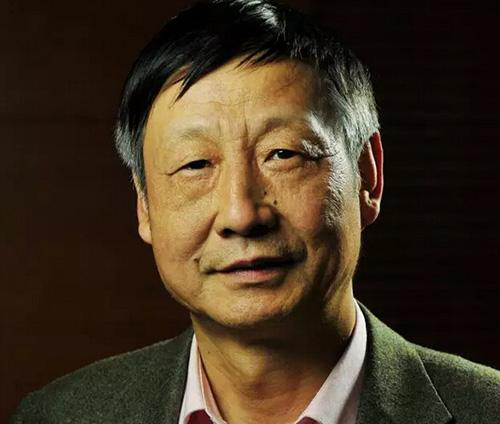

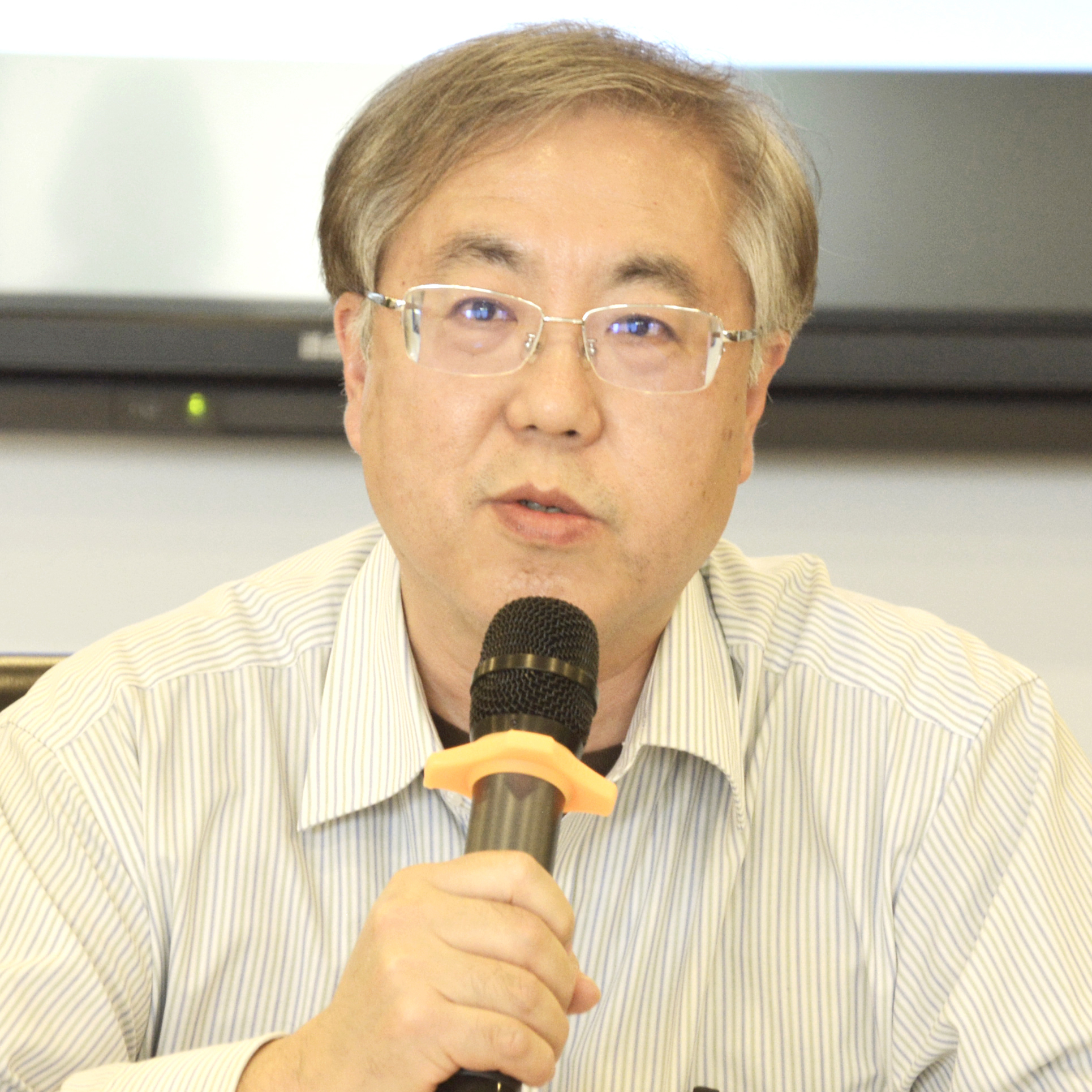

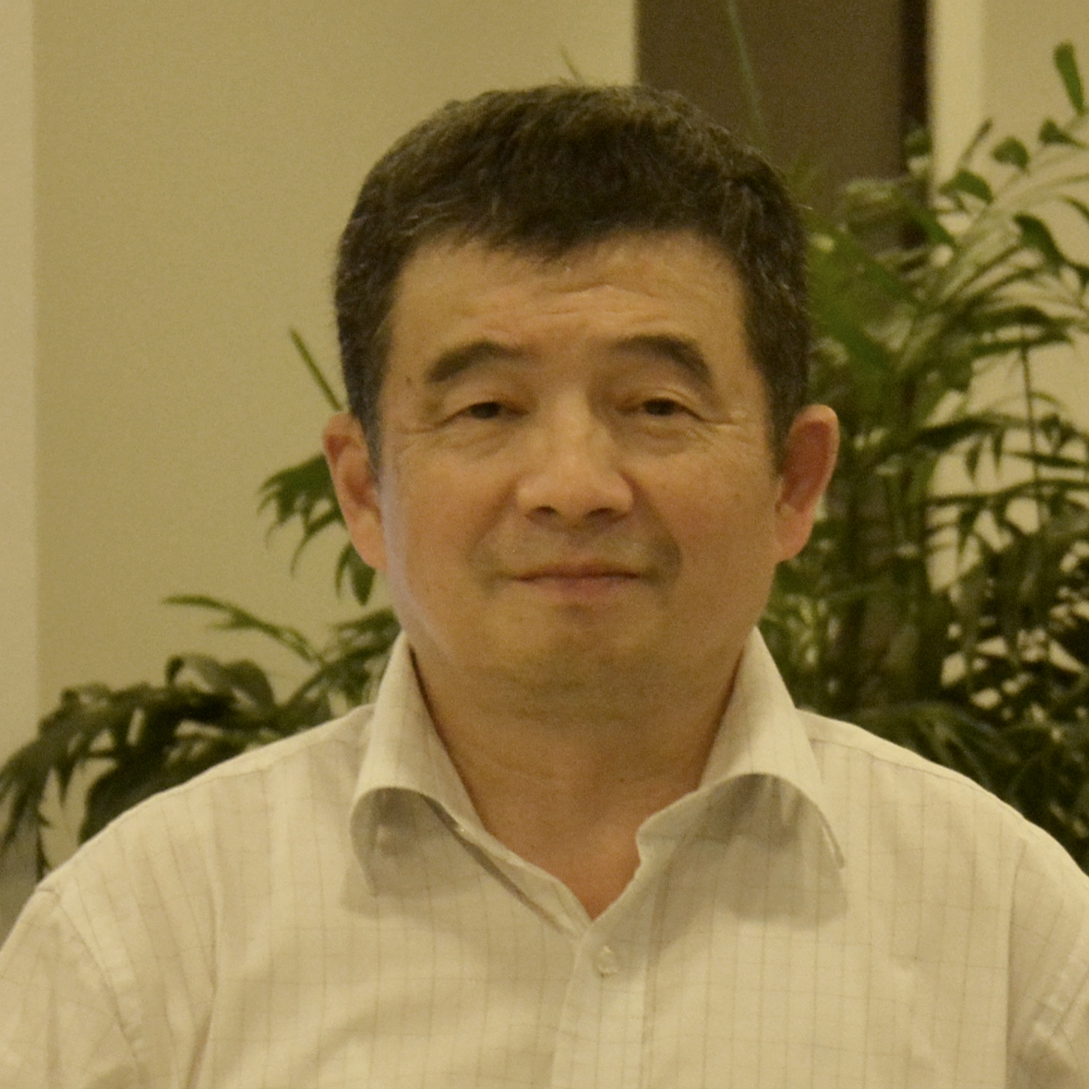
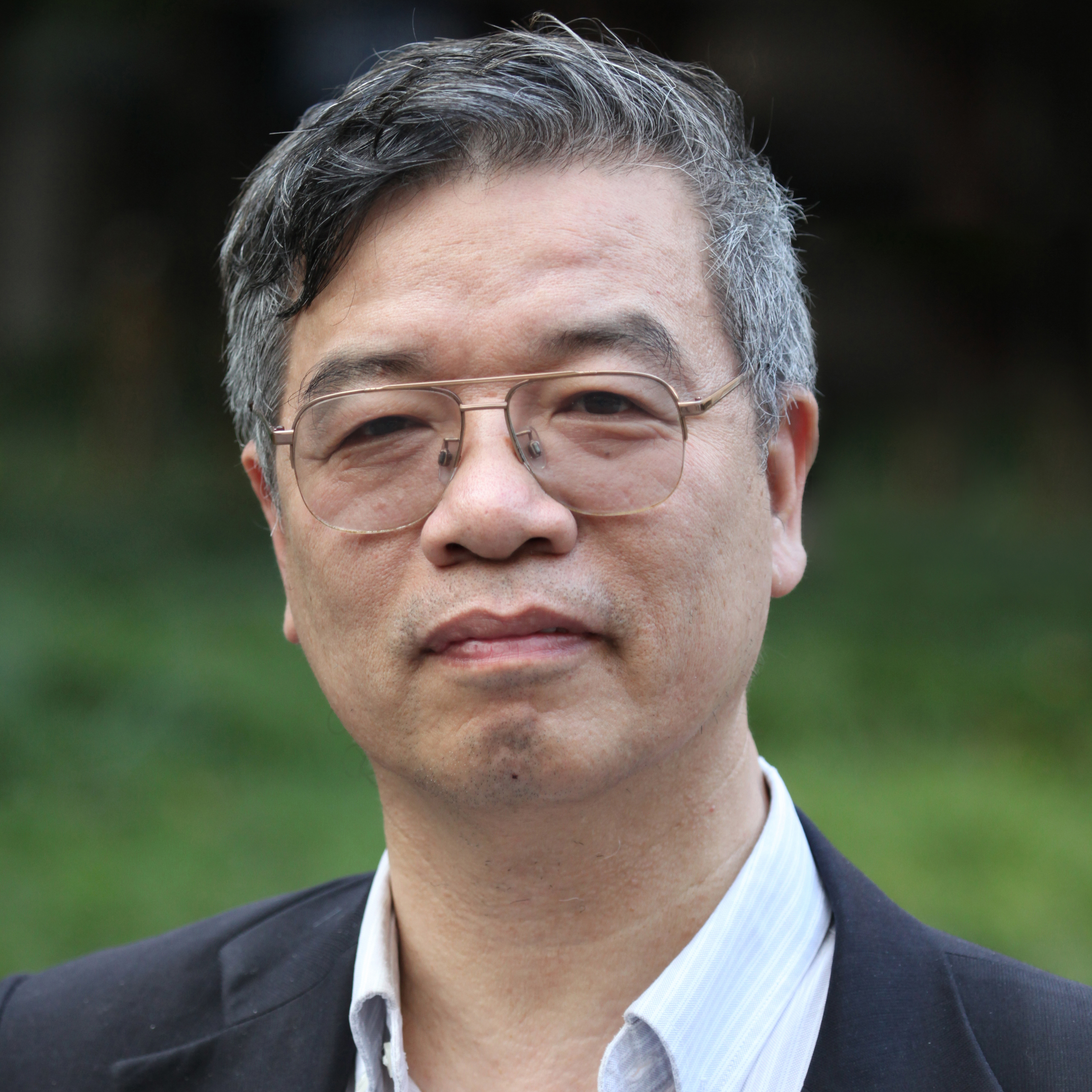

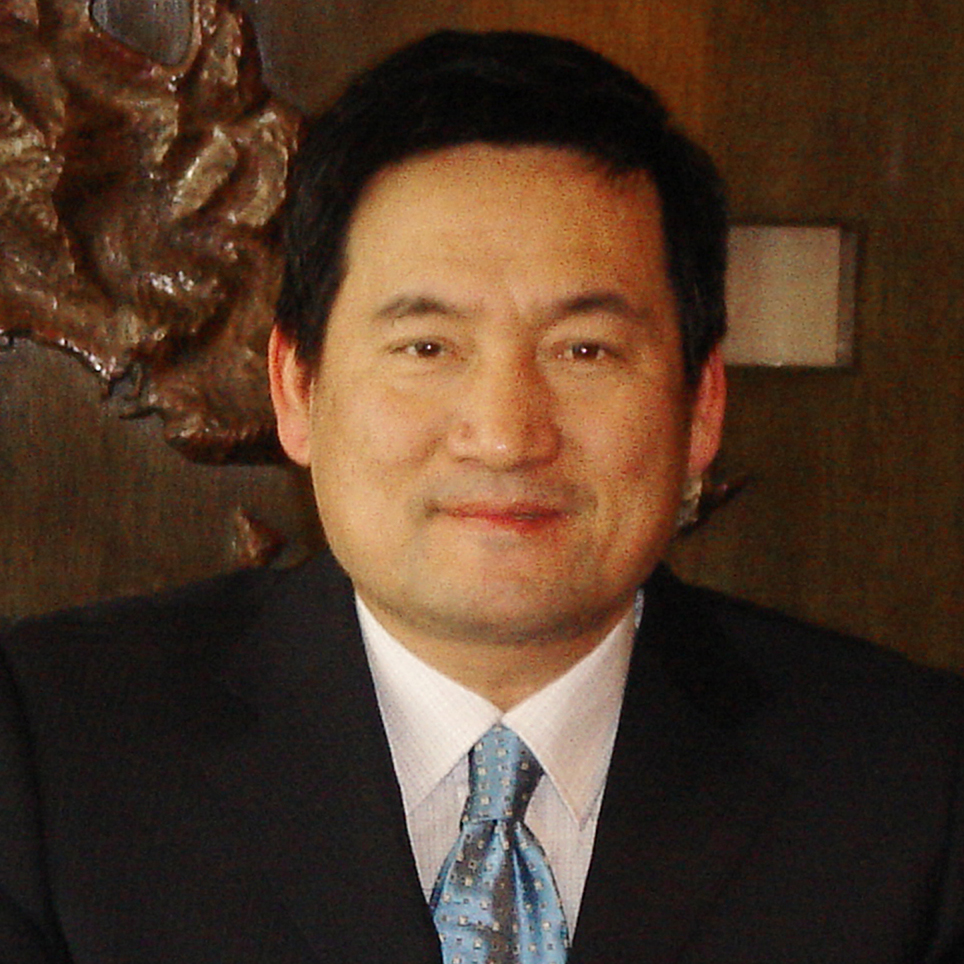





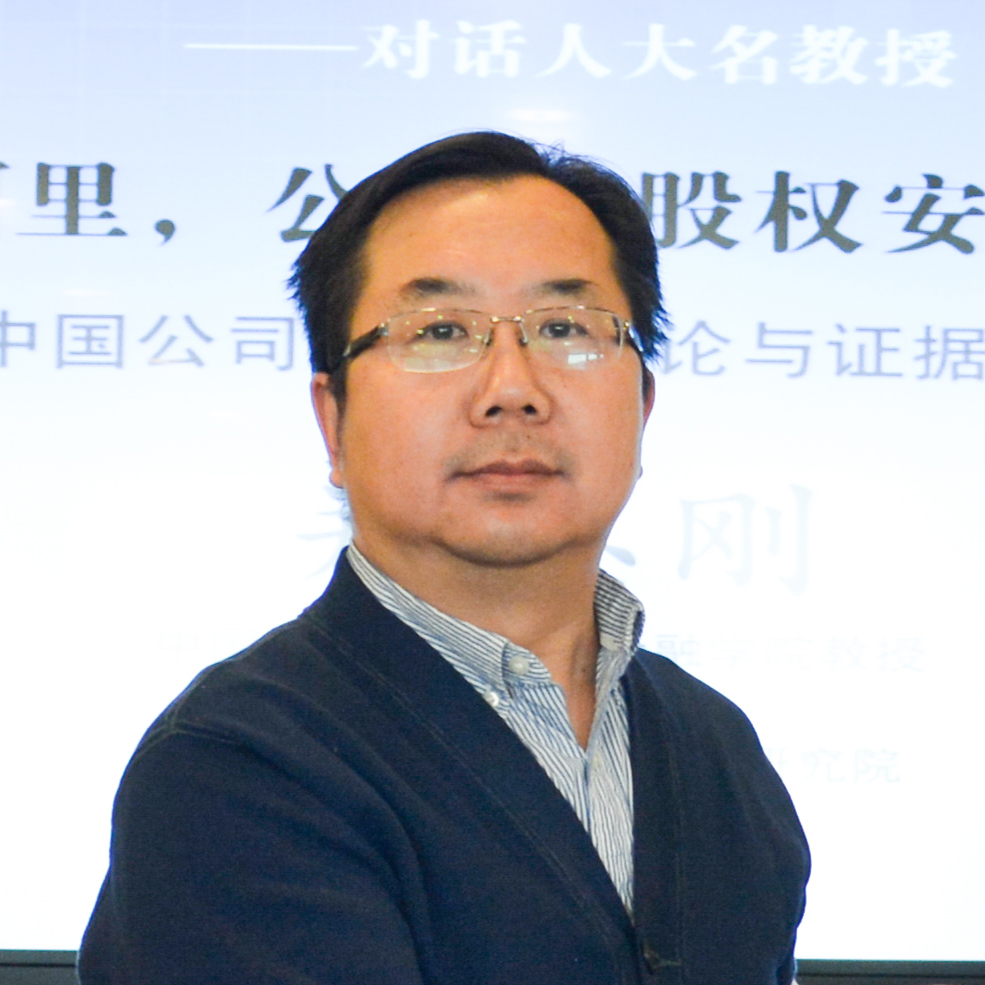


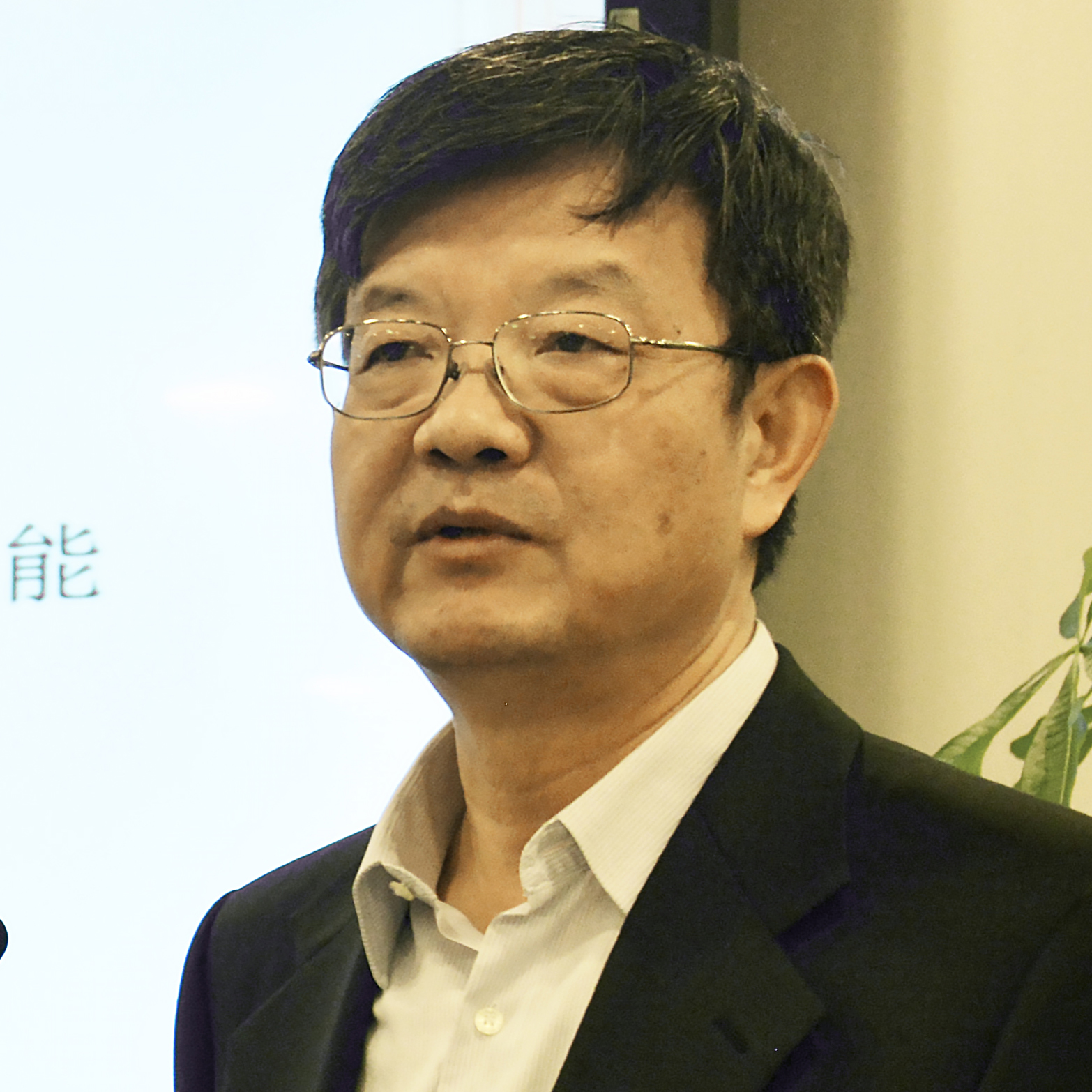
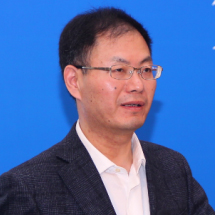


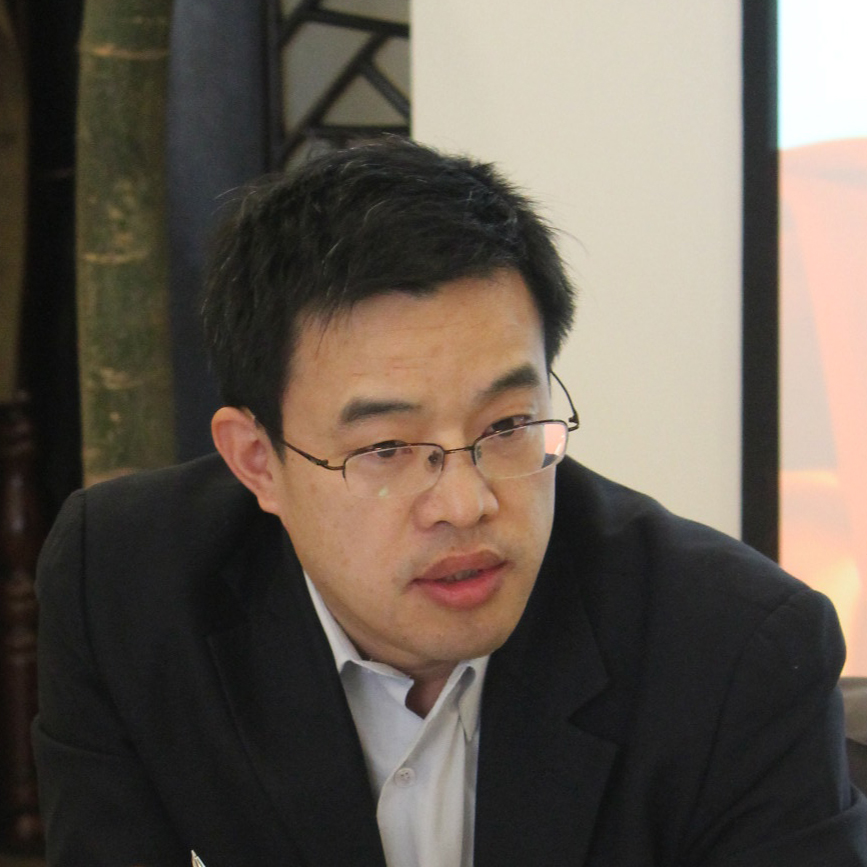
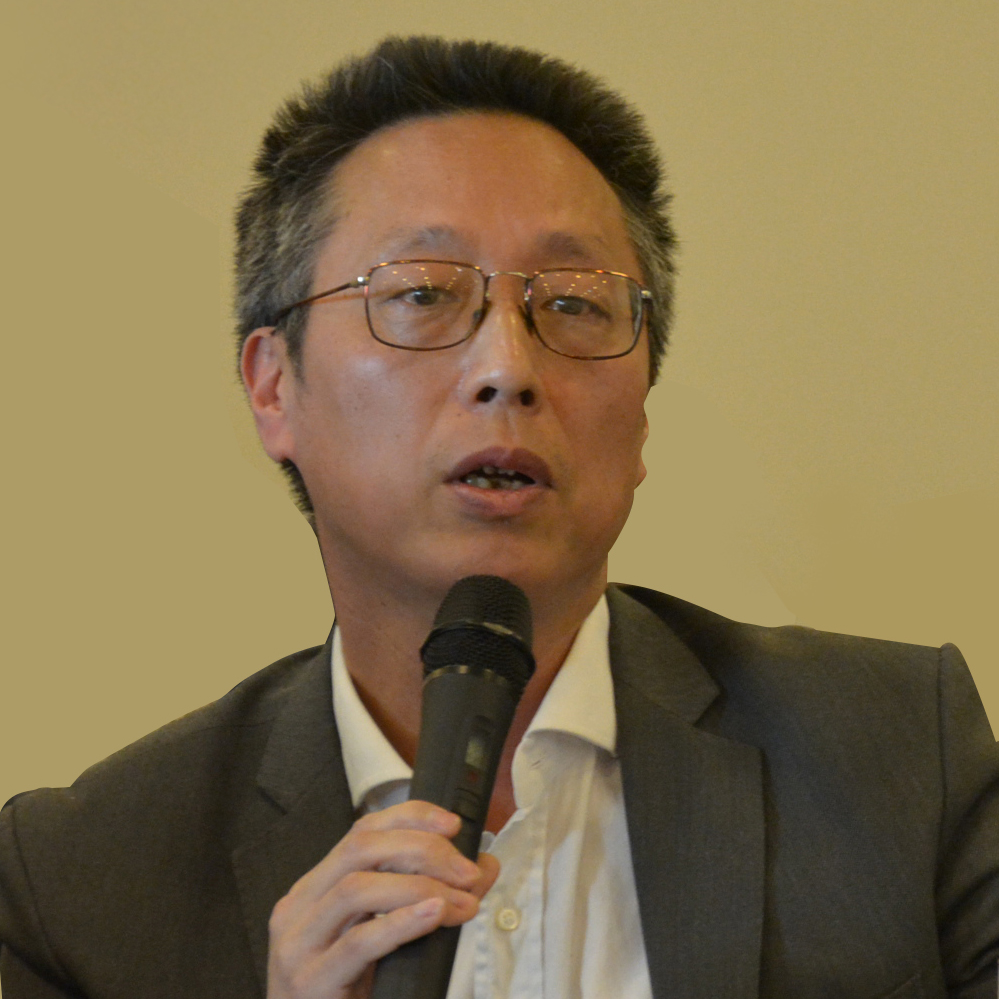
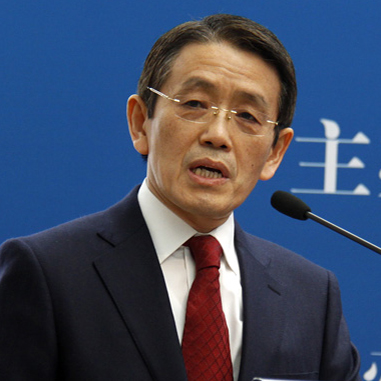

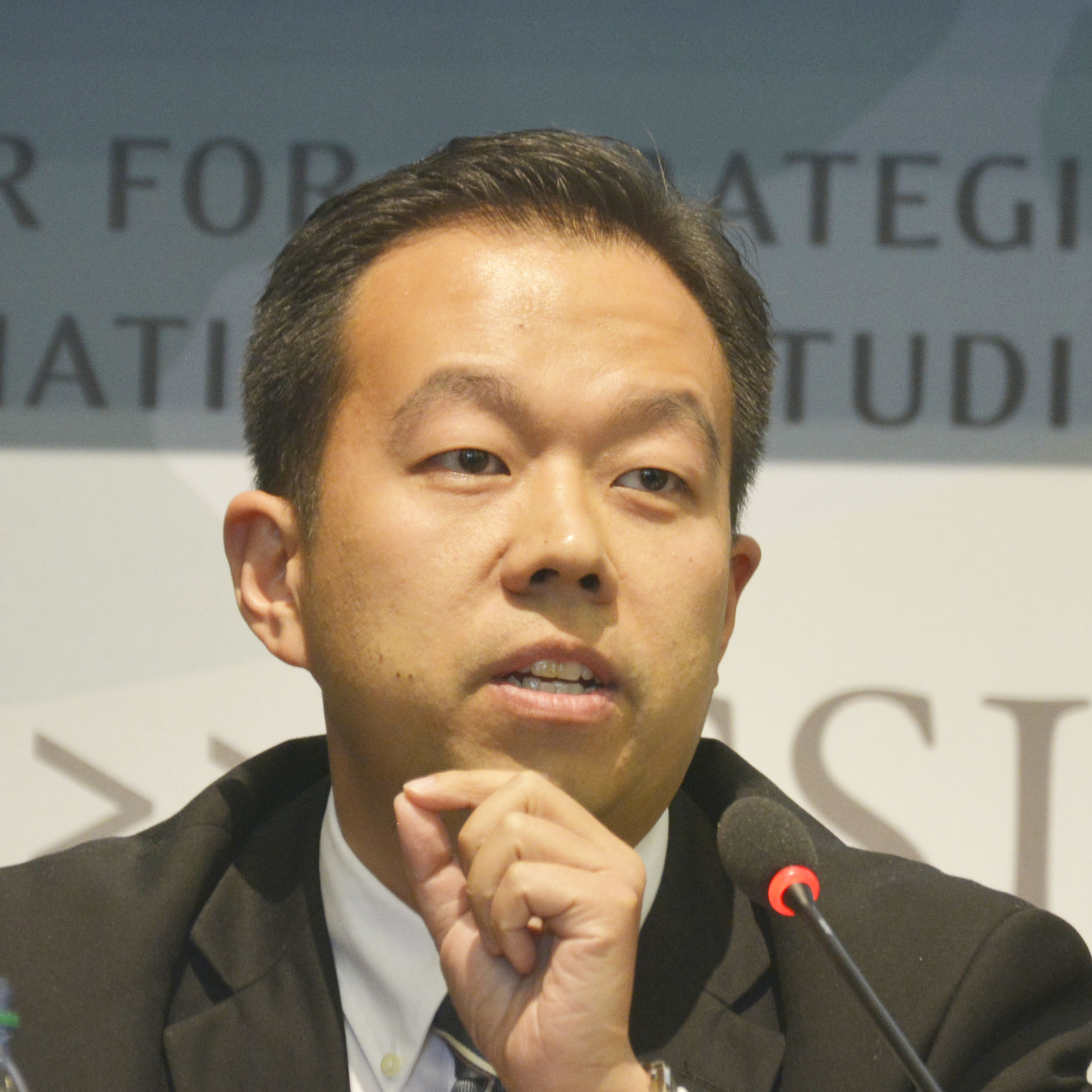

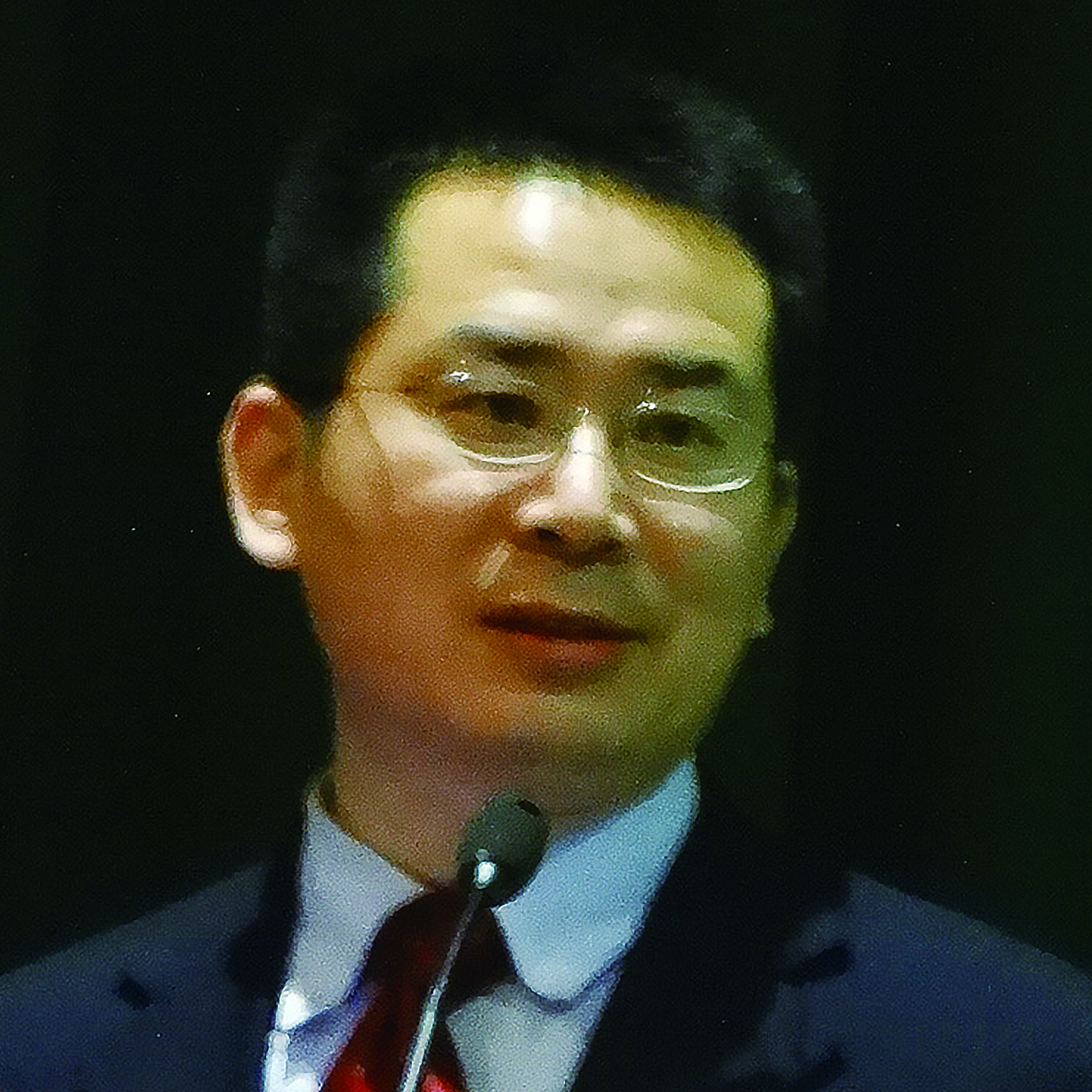
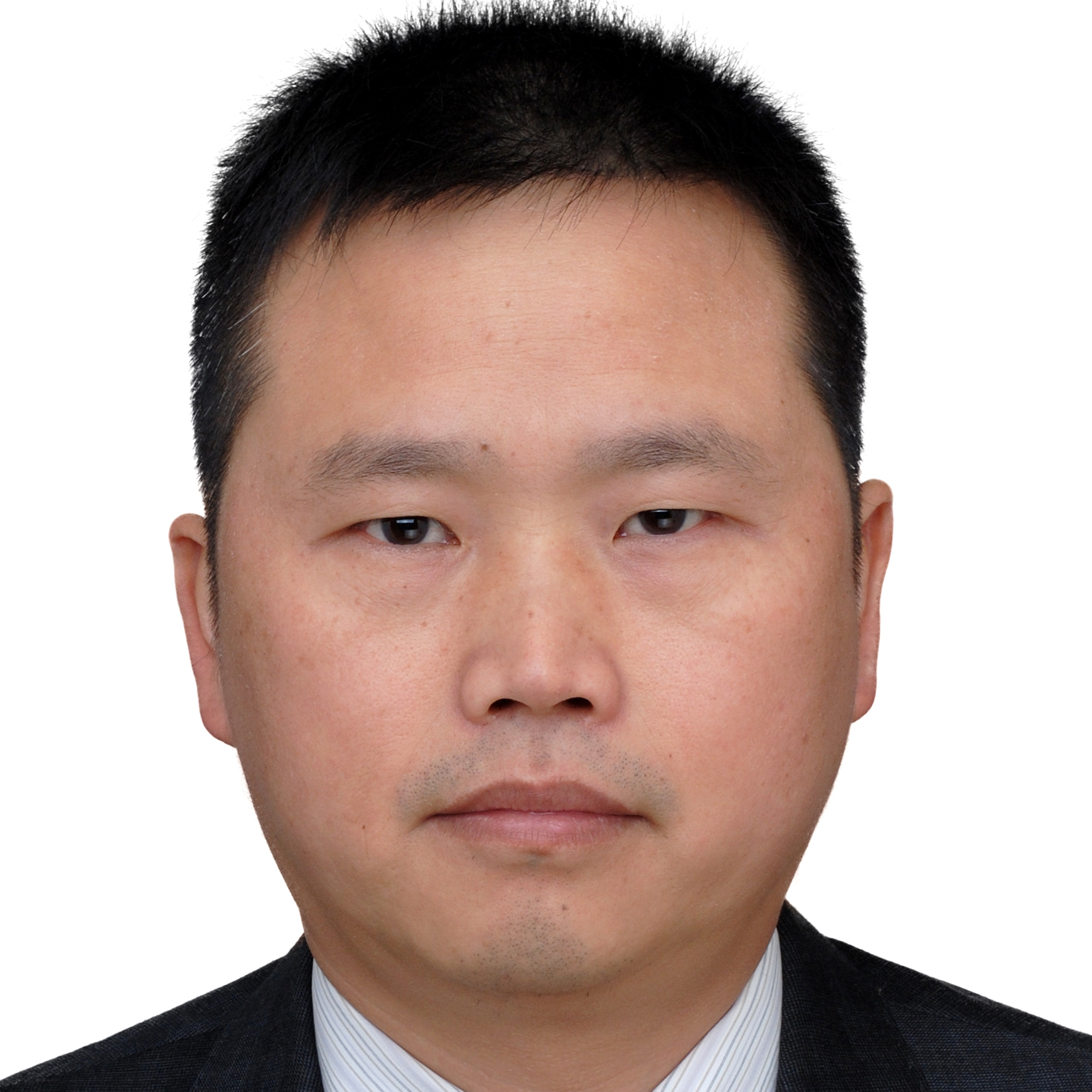



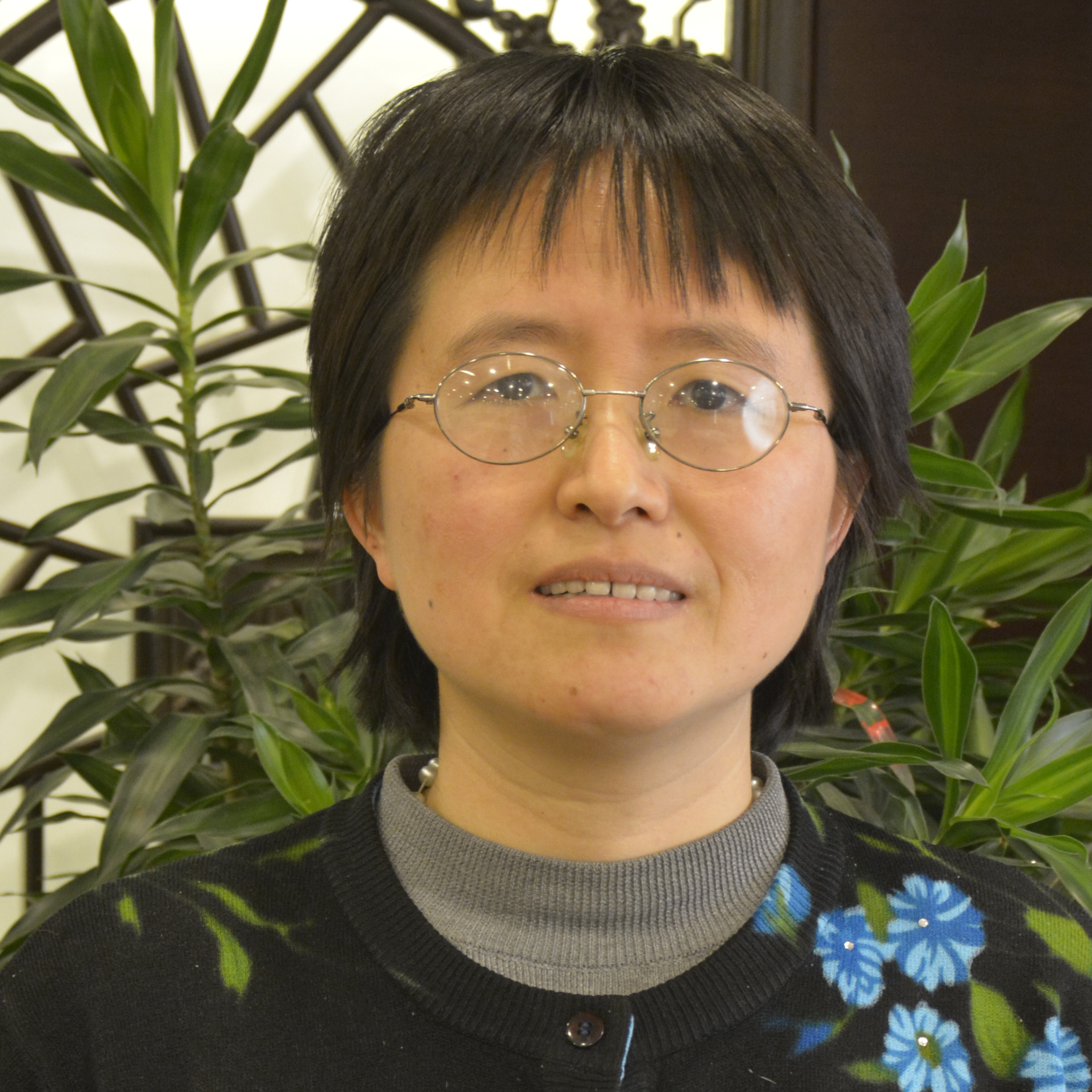



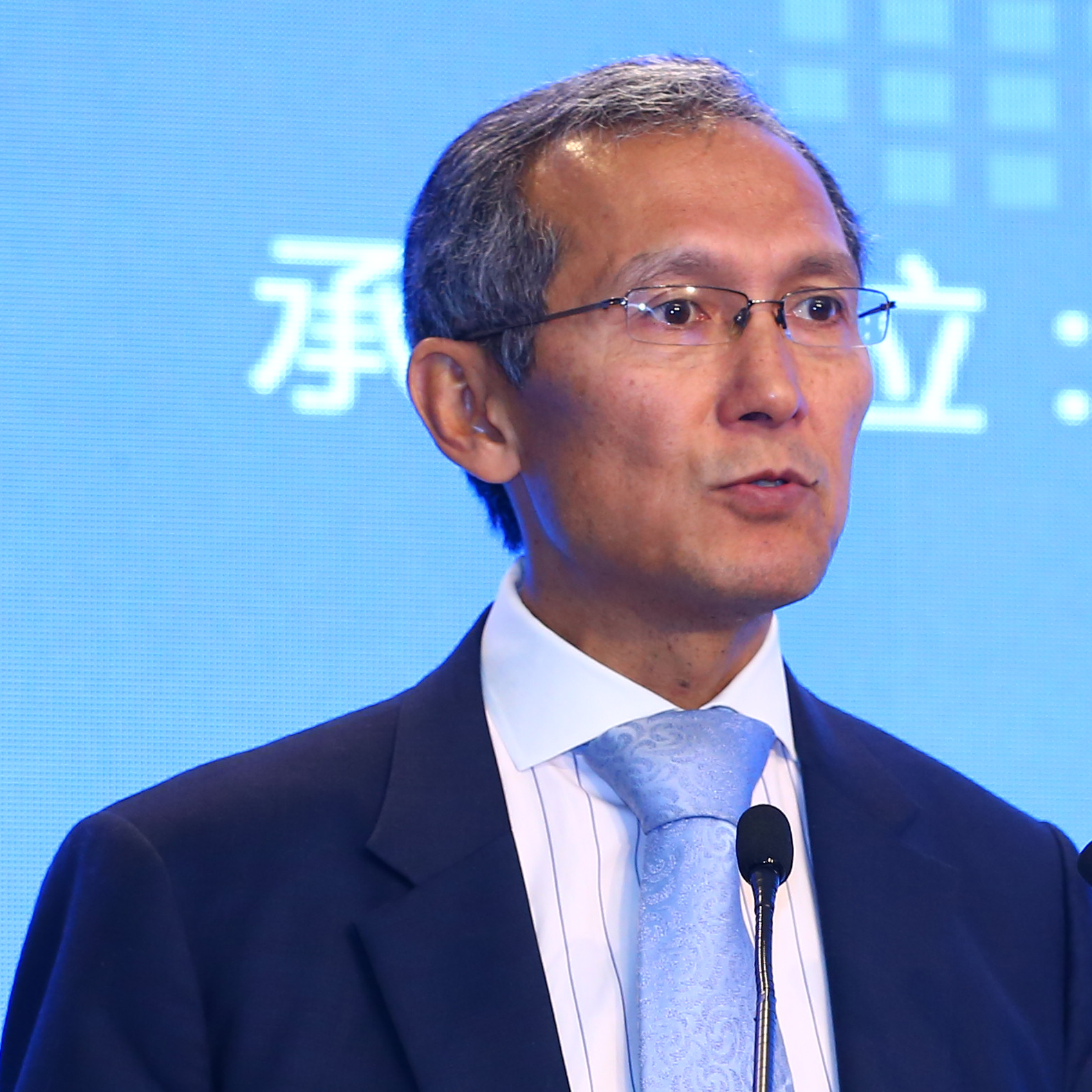


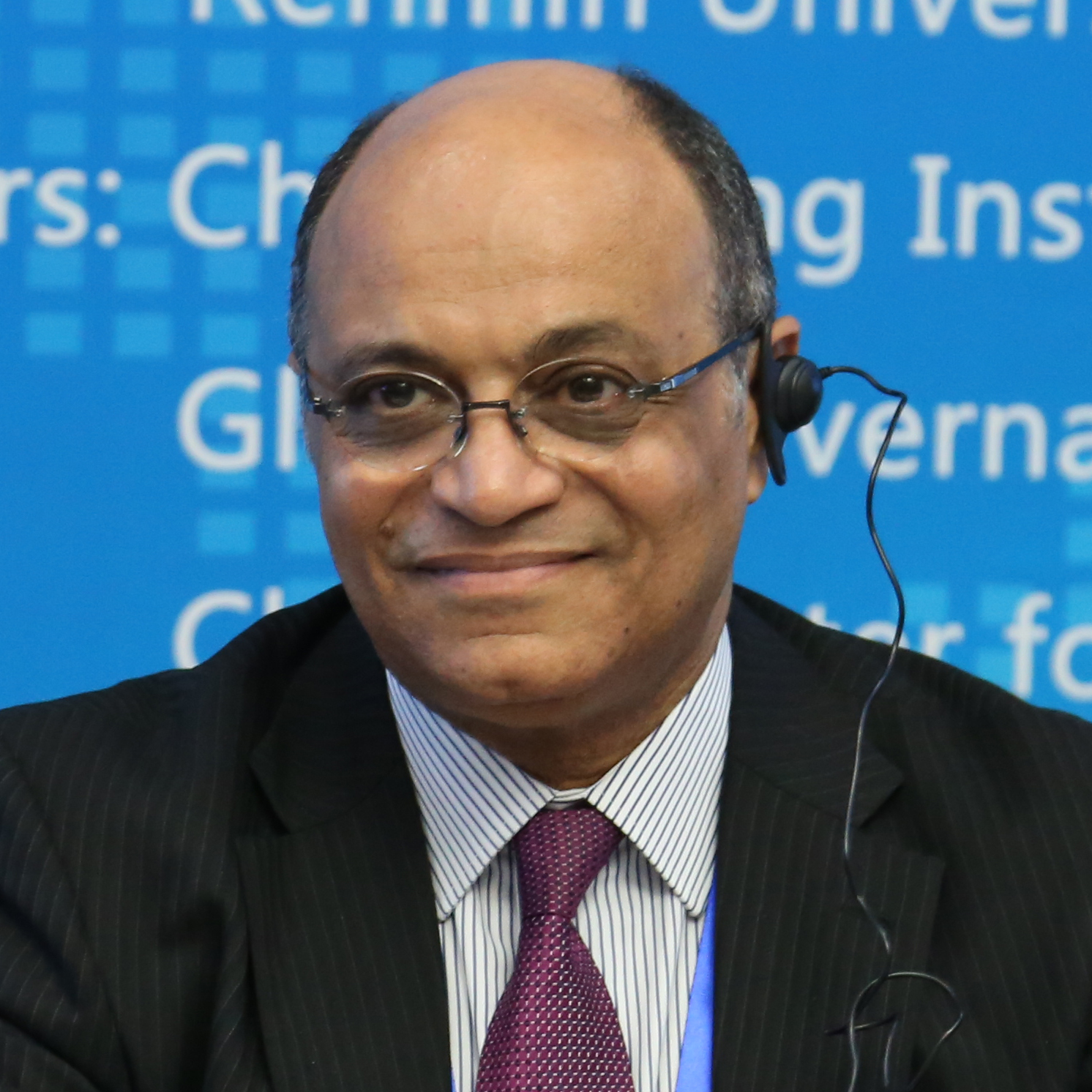













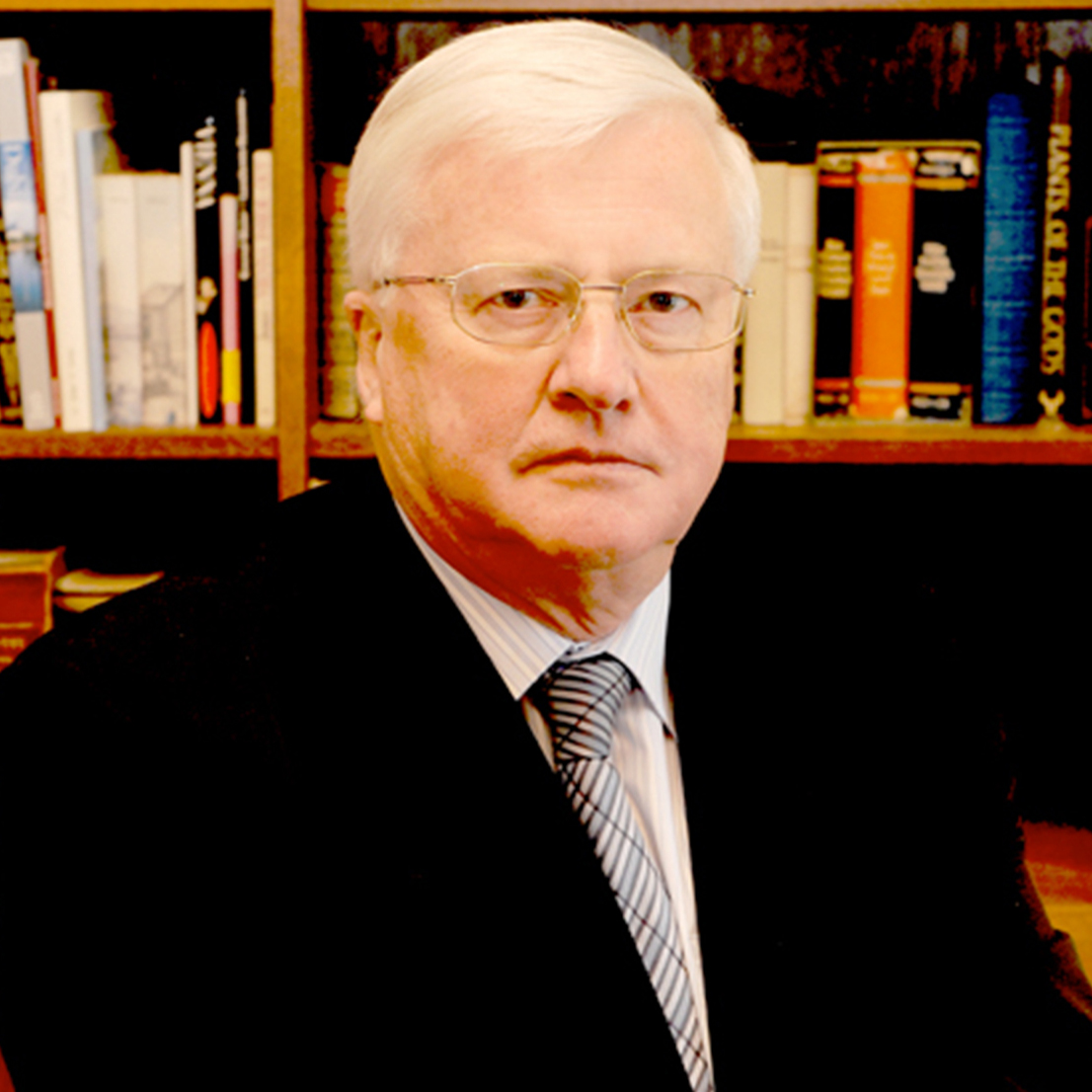





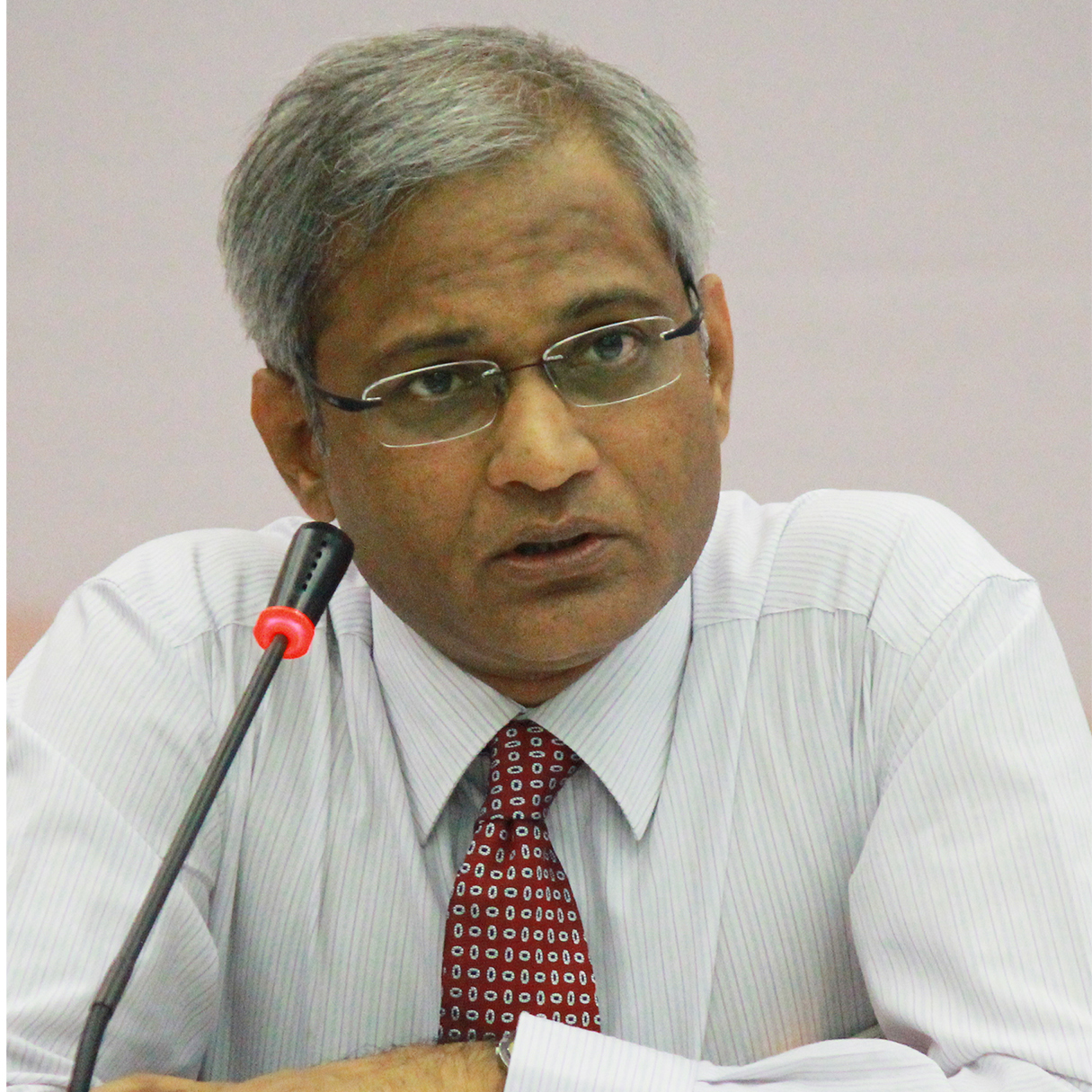
















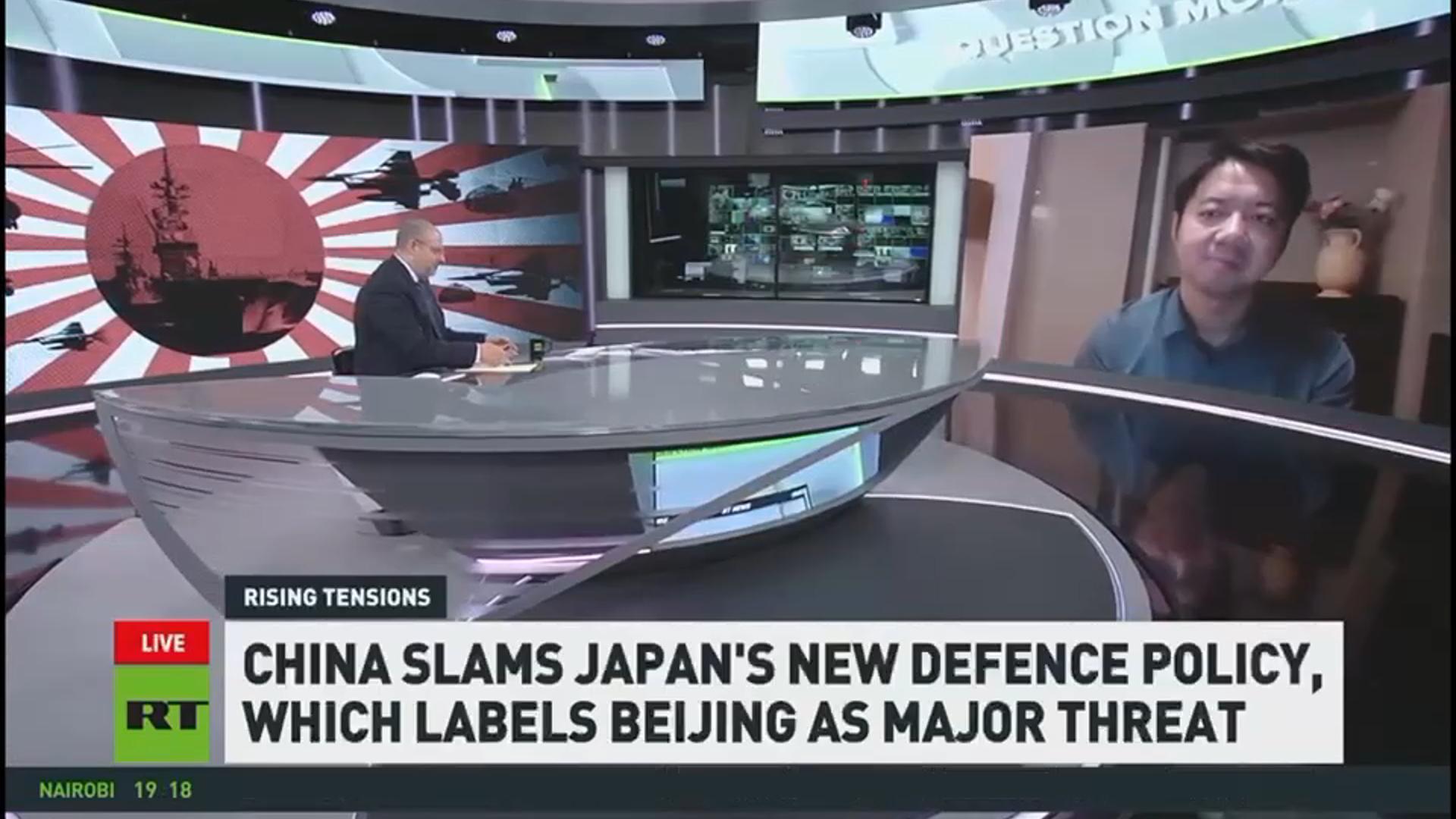
 京公网安备 11010802037854号
京公网安备 11010802037854号





